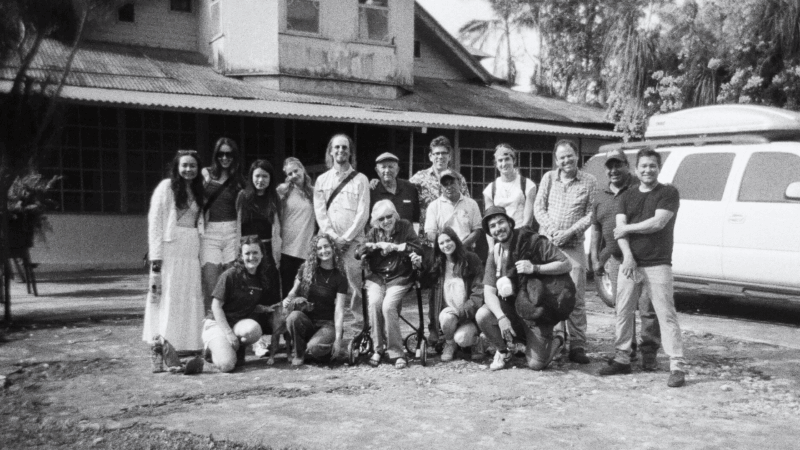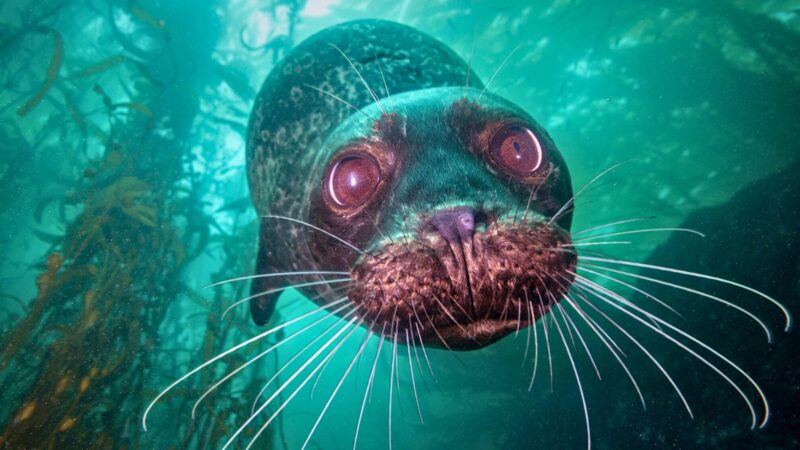
L.A. River is a living experiment
The L.A. River is getting a massive makeover. To many Angelenos, the cement-lined urban waterway has become a symbol of future hope that past environmental harm can be remedied. A…
After its hotly anticipated restoration, the L.A. River will be an intersection of non-native and native species.
The L.A. River is getting a massive makeover. To many Angelenos, the cement-lined urban waterway has become a symbol of future hope that past environmental harm can be remedied. A number of small revitalization projects are underway, and a planned $1.6 billion Army Corps of Engineers effort would remove concrete and replant native habitat along an 11-mile section.
On Sunday, historian Patt Morrison and a panel of experts explored what the changes mean for returning wildlife at “Life in the L.A. River,” an event produced by the Natural History Museum and the UCLA La Kretz Center for Conservation Science.
Brad Shaffer, a UCLA ecologist, told the audience of 200 people that it’s not a question of whether species present 100 years ago will return. The river has been so heavily modified that it’s now dominated by non-natives.
“In terms of all aquatic species, I’d be shocked if 10 percent were native,” he says.
Some activists, including one prominent group that has long advocated the waterway’s restoration—Friends of the L.A. River—say they’ll only be satisfied when California steelhead trout once more call the river home.
But would a healthy, functioning river be a failure if native fish and amphibian species were only a small part of the picture? Shaffer doesn’t think so. For him, efforts to restore habitat and wildlife need to be realistic given how people have changed things.
After a series of floods devastated property and claimed lives in the rapidly growing metropolis, the Army Corps of Engineers began a project in 1938 that would eventually seal fifty-one miles of the river in 13 million barrels of concrete. The endeavor halted the floods but destroyed ecosystems and transformed the river into a flood channel that fast-tracks polluted runoff into the Pacific Ocean.

Non-native fish such as carp have an advantage in an urban landscape: People continuously release them. Many native fish could only return with a similar helping hand and strategies to maintain them once re-stocked.
Such interventions are not included in the $1.6 billion restoration. But after masterminding the river’s initial paving, the Army Corps of Engineers aims to make the river much more wildlife-friendly.
“We’re trying to replicate the physical conditions that native species like as much as possible, but we aren’t proposing to bring animals back,” says Eileen Takata, lead planner with the agency.
However, there is a bright spot for one native fish. A heavy El Niño rainfall could wash the Santa Ana sucker, which currently lives further upstream, down to the project area.
At Sunday’s event there was talk of citizen scientists raising native western pond turtles in nurseries and bringing them to the river in buckets. UCLA’s Shaffer says this type of assisted migration would be fine.
Whatever the final result, he sees the river as a fascinating example of urban ecology, where the adaptive resiliency of species can be observed in the presence of dense human development.
Having been involved in conservation projects across California, Shaffer, says success metrics vary—especially with differing levels of human population density. For a project in Yosemite’s Tuoleme Meadow, for example, the aim would be for 100 percent native species.
A more realistic outcome for L.A.’s urban waterway would be non-natives and increasing numbers of native species living in harmony, he says. Food webs of predominantly non-native turtles, crayfish and snails could support increasing populations of native birds, such as cormorants and great blue herons.
Top image: Great blue heron, L.A. River. Photo credit: Grove Pashley




